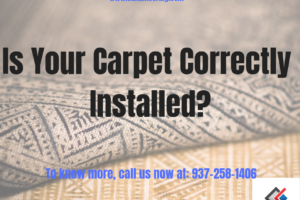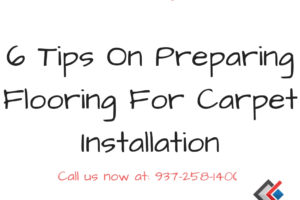Many of us homeowners just call carpet installation services each time we decide to get a new carpet. While it is, by far, the best new installation solution, we fail to see the many aspects of these project. For example, we often forget to ask our hired professionals about a similar project, years of service, and how they provide their services at least in the perspective of “modern technology.”
Carpet installation is important and with that, we mean- correct, professional installation. When we get so excited and blinded by the image of how beautiful the place will be at the end of the project, it can pretty much cause remorse until the next time you decide to replace the carpet. One of the most effective things to prevent this from happening is through learning about the many installation issues that could happen along the way. When we are informed that there is something in the carpet that isn’t right, we can call for help immediately.
Here are 3 of the most common carpet installation issues:
Shedding
There are carpets that normally shed, just like those made out of staple fibers. Professionals always say that shedding will normally happen after a month or two post installation but shedding after these months isn’t anymore. As a homeowner, you can avoid this through going with bulk continuous filament (BCF) carpet, non-shedding carpet, or buying the extremely expensive kind. Those constructed with at least seven-inch fibers are the best choice.
Bubbling
Bubbling commonly happens when the carpet is dry cleaned; instantly after, its dries out and forms bubbles. While most homeowners think that it is only the dry cleaning that is to blame, it is not true. Bubbles in the carpet may also be caused by installation issues; for example, it was not stretched out properly when laid down on the floor. This common carpet problem can be resolved by stretching it out, while pulling and locking its ends through carpet tacks.
Buckling
Often happens a year after installation, buckling is commonly caused by padding issues; either insufficient or wrong type. Definitely, it will ruin your carpet and what’s worse is that, padding specifications are not covered by warranties. During carpet installation, especially if you are doing it on your own, make sure to go for paddings that are at least 8/16 inches. The padding’s density should also be an important consideration. Those that are eight to 10 pounds are the most ideal because it will give your carpet at least a decade of service.
If experiencing these common carpet installation issues are the least of the things that you’d like to deal with, hire professional installers that carry with them years of flawless service.




Leave a Reply
Your email is safe with us.